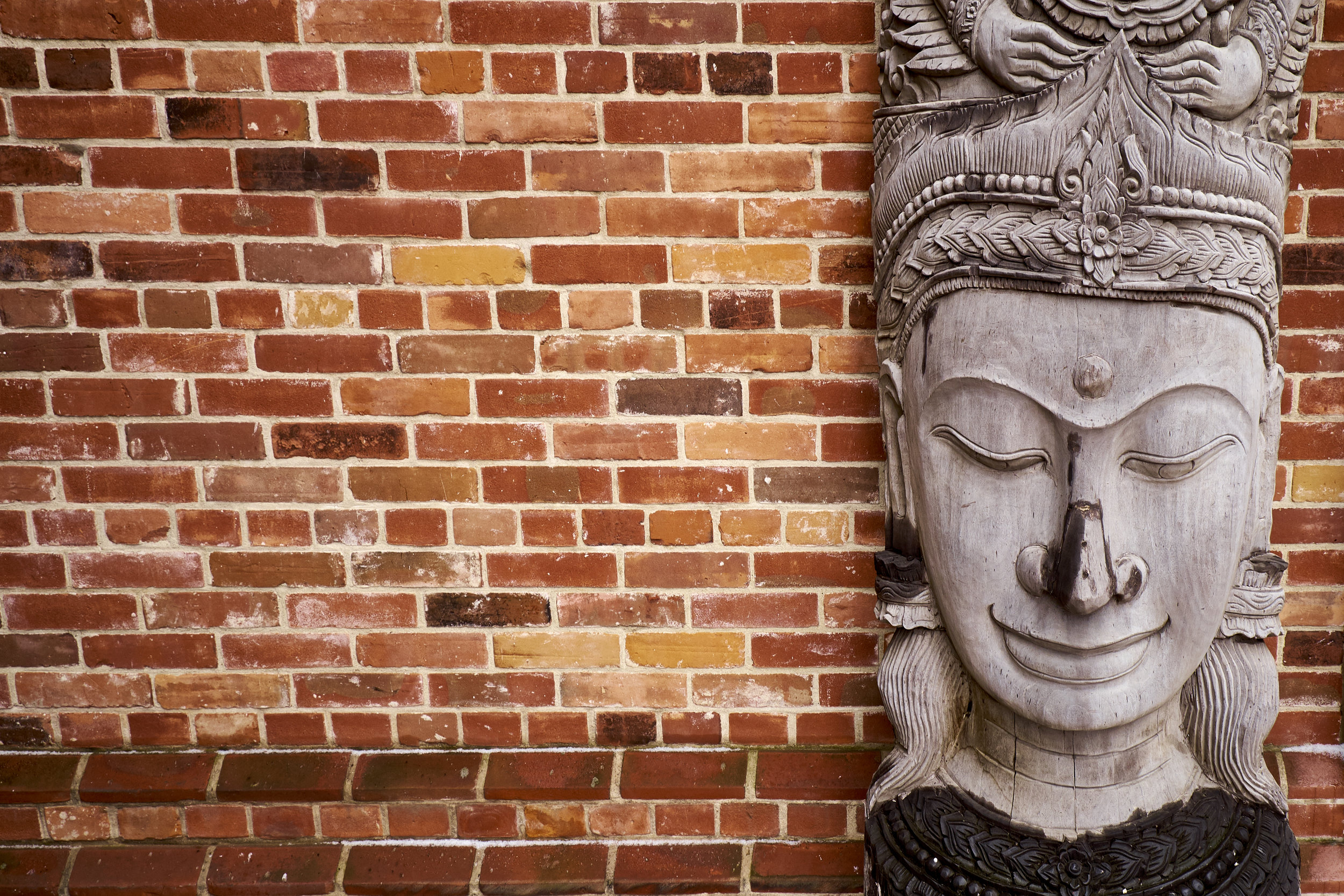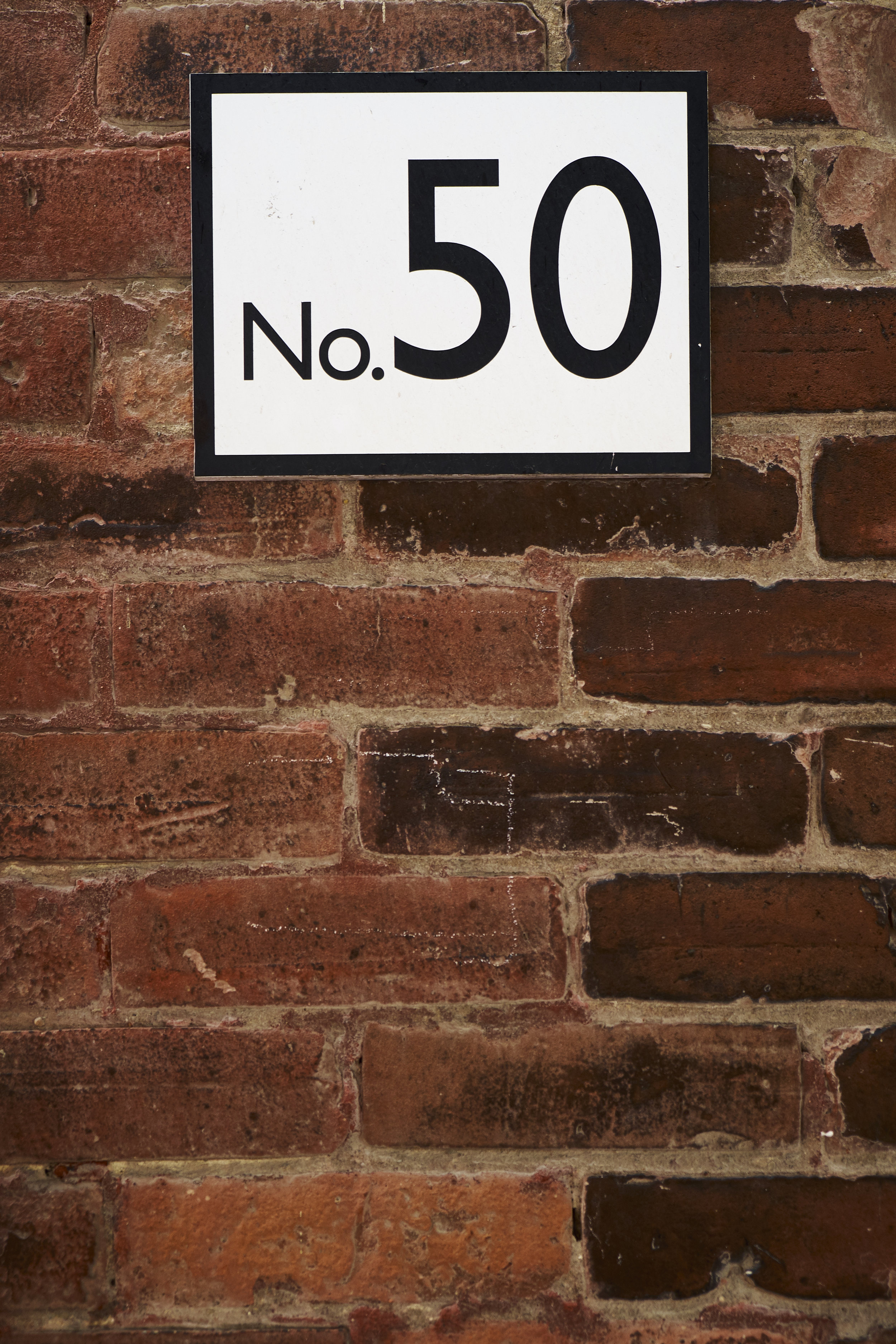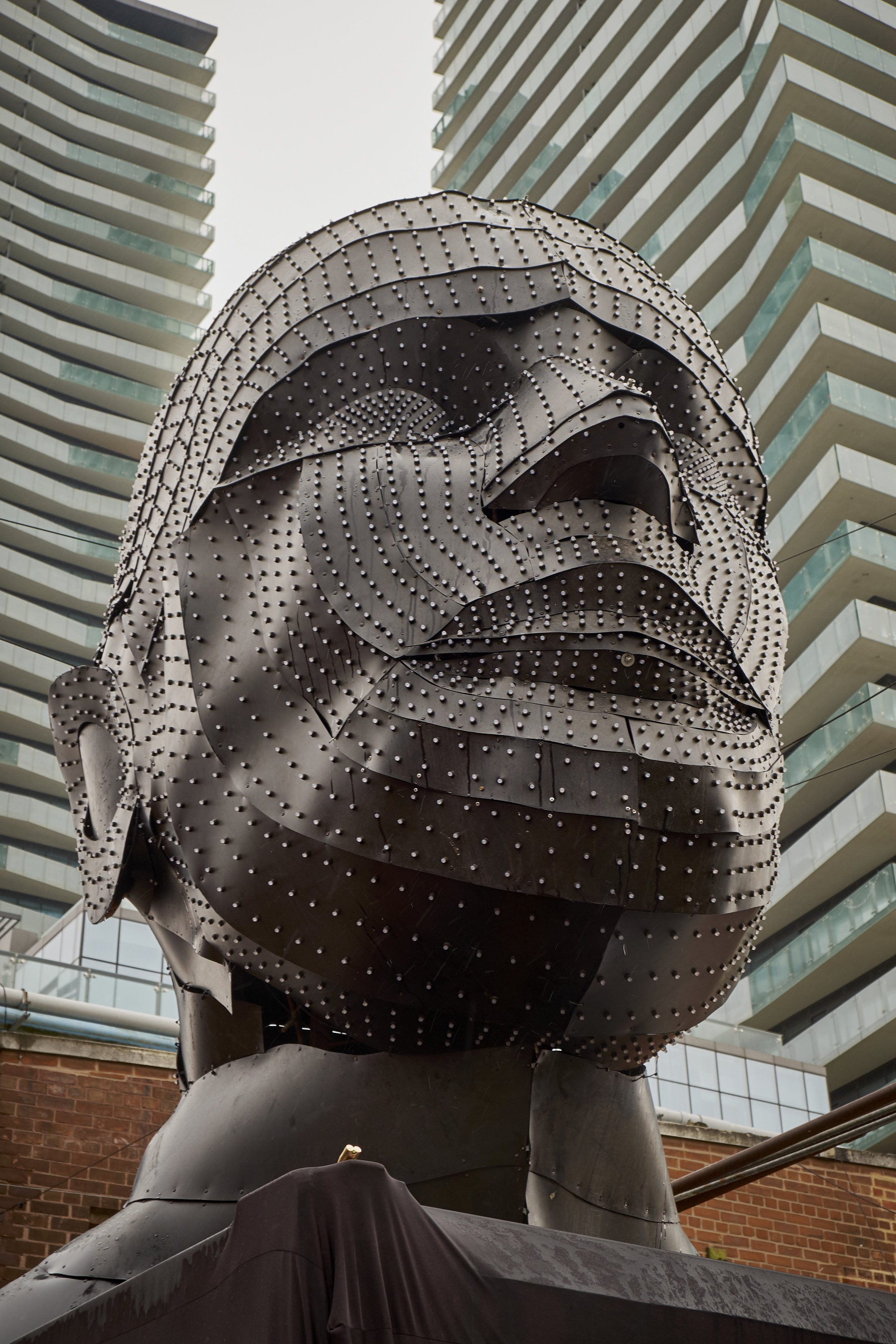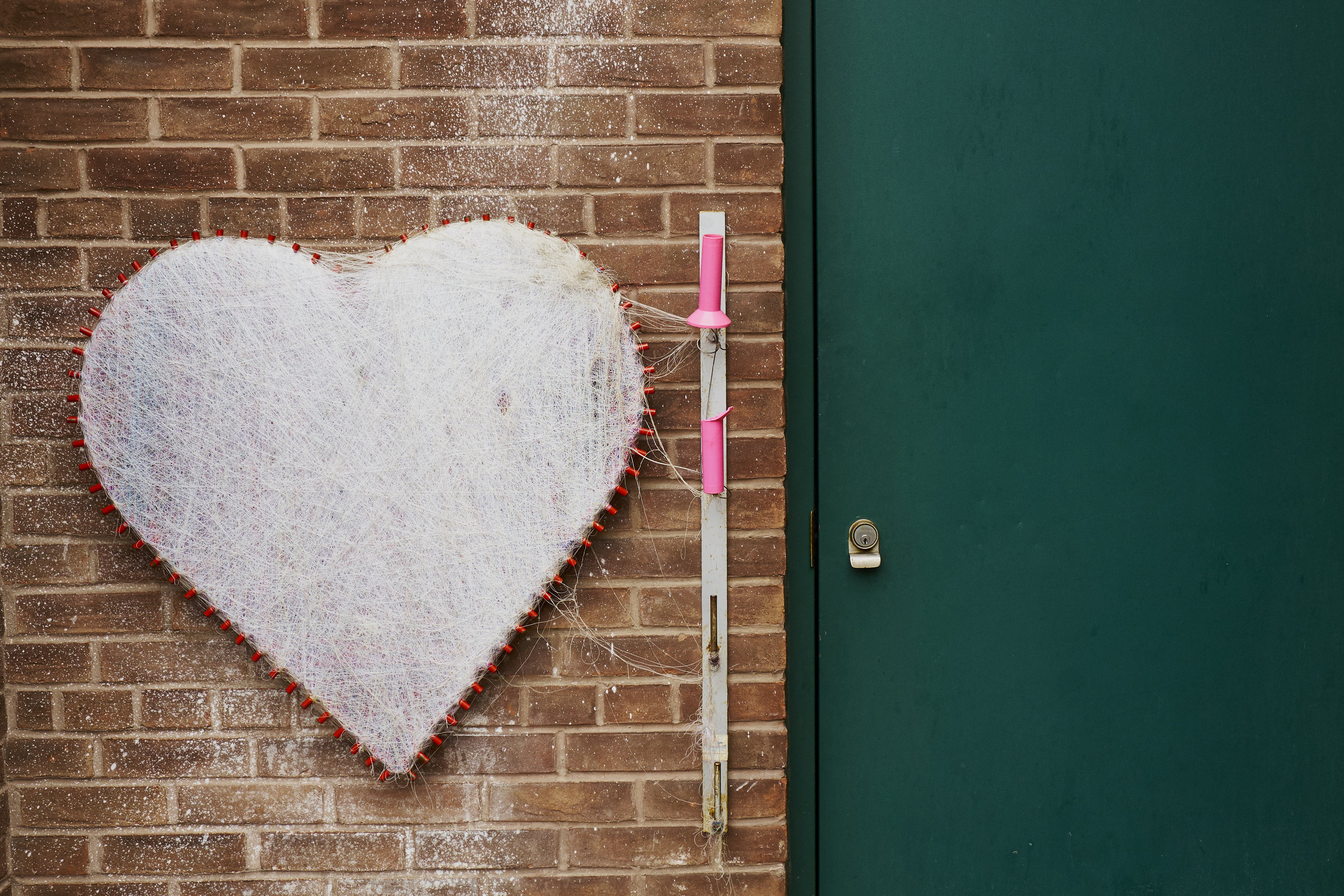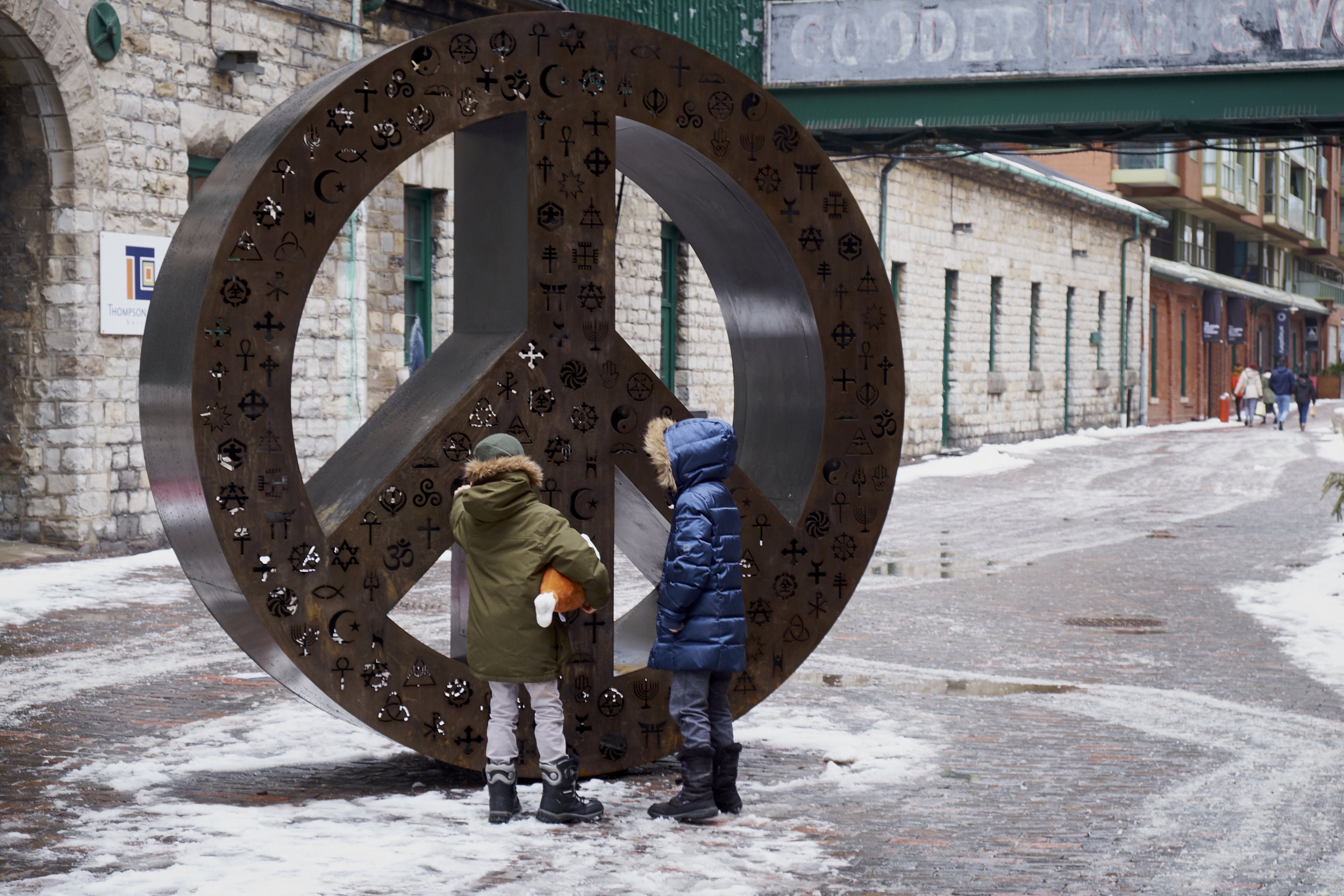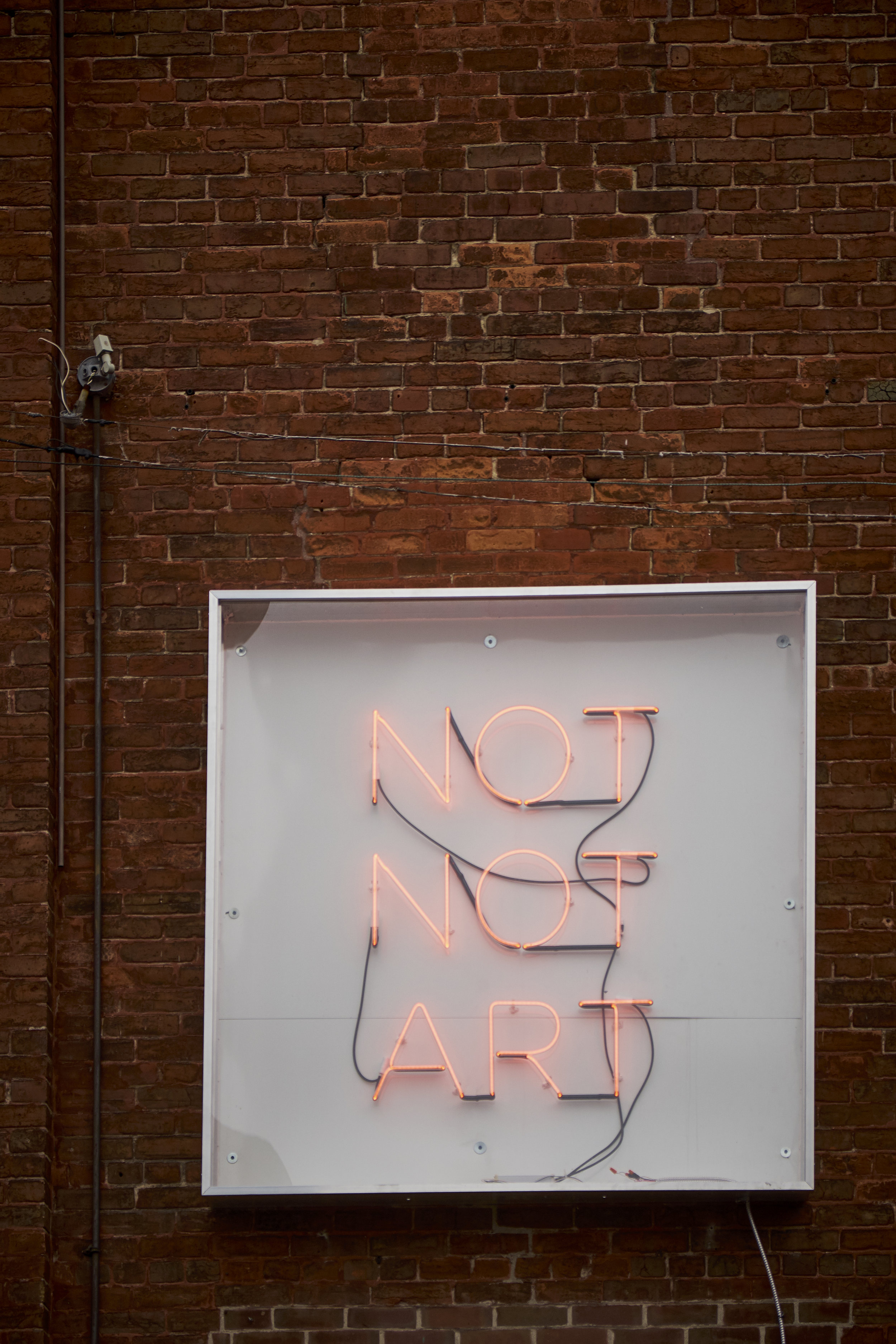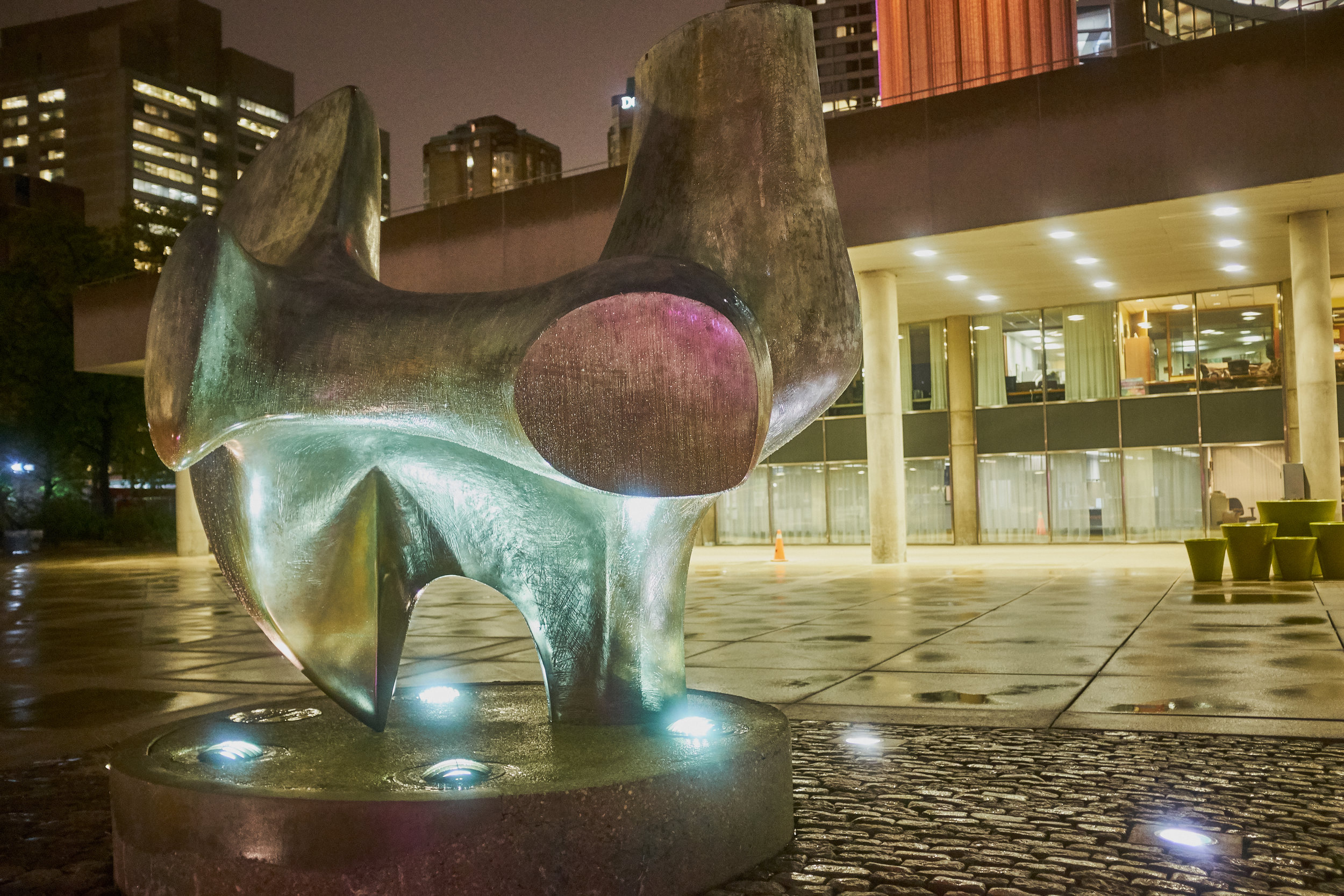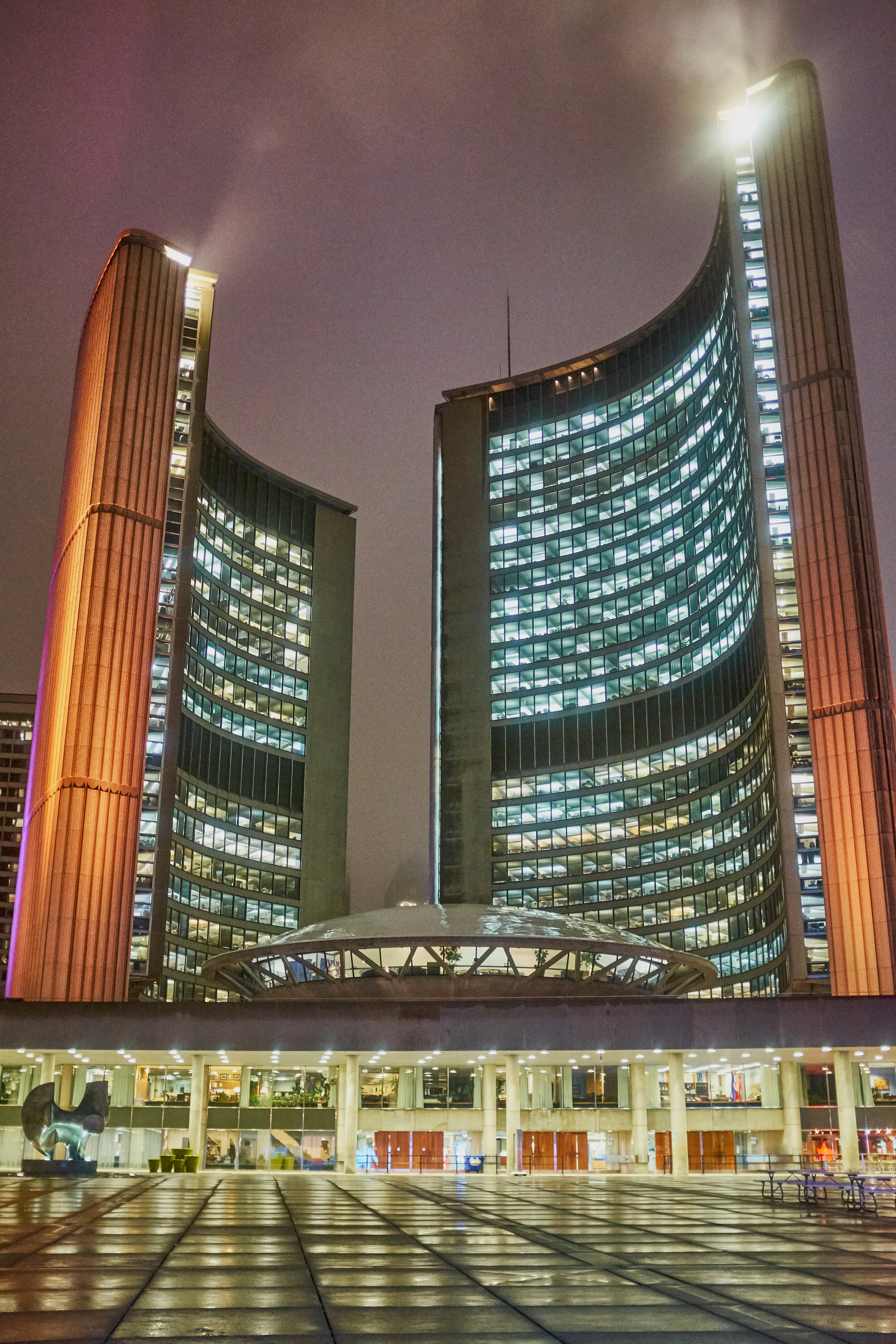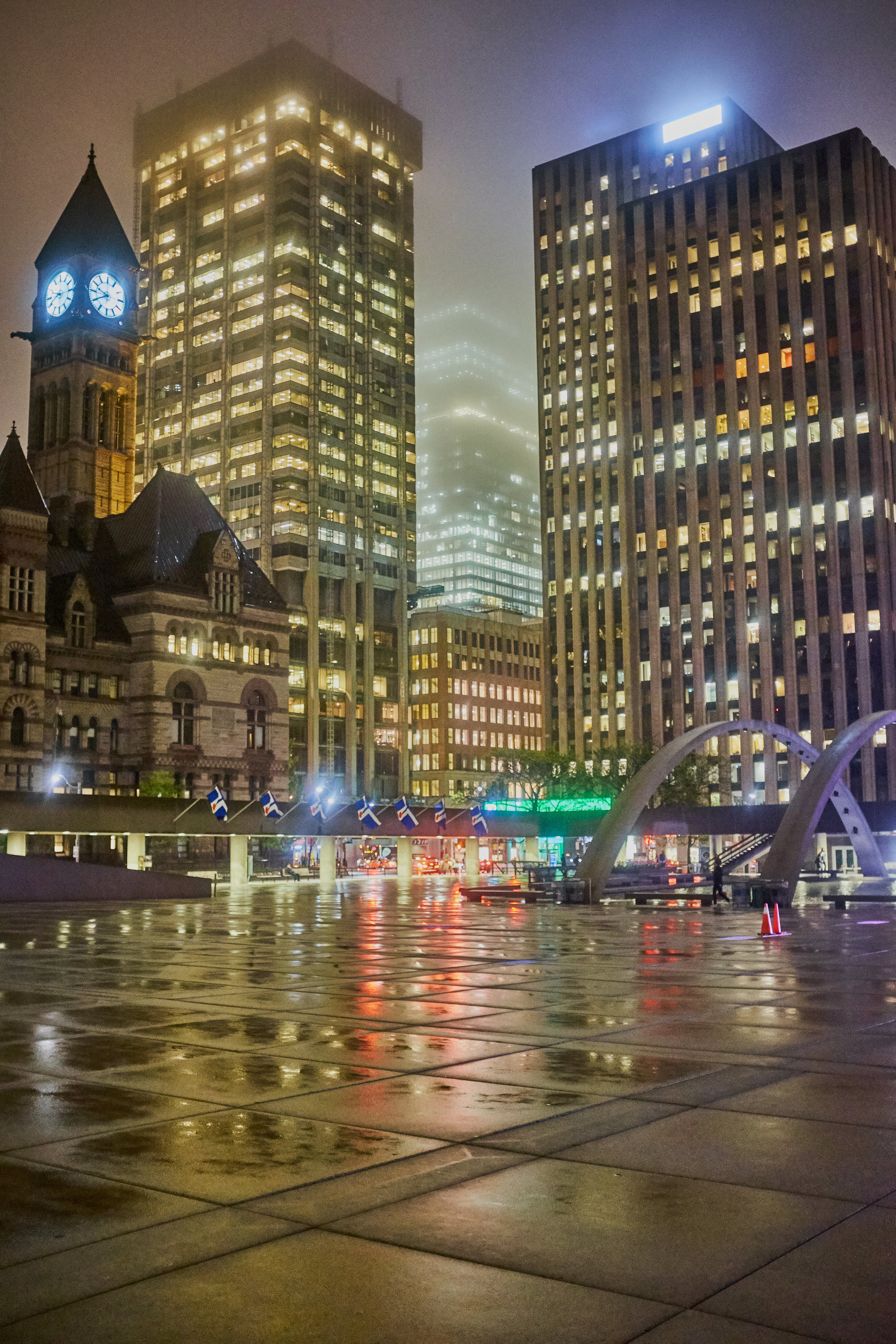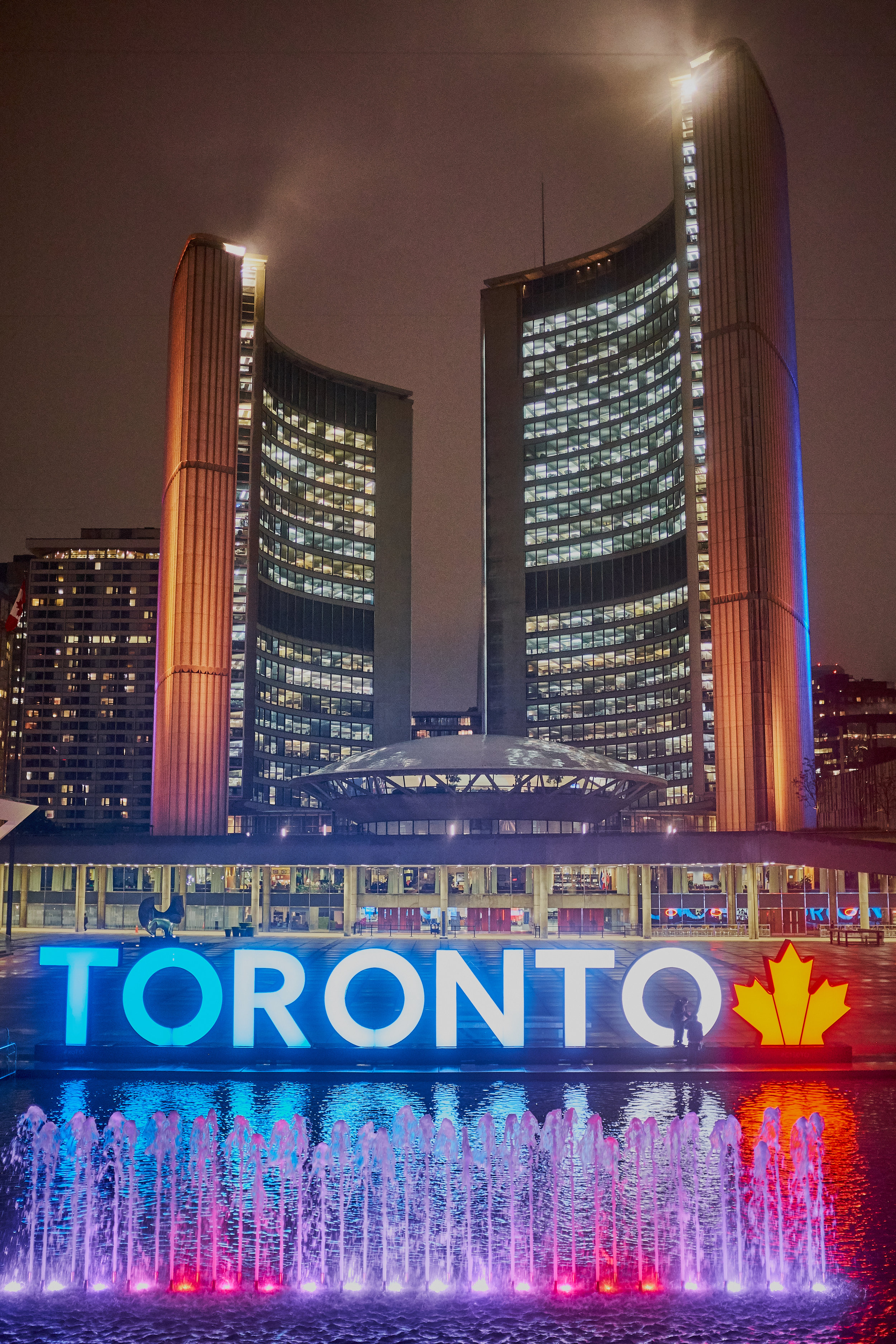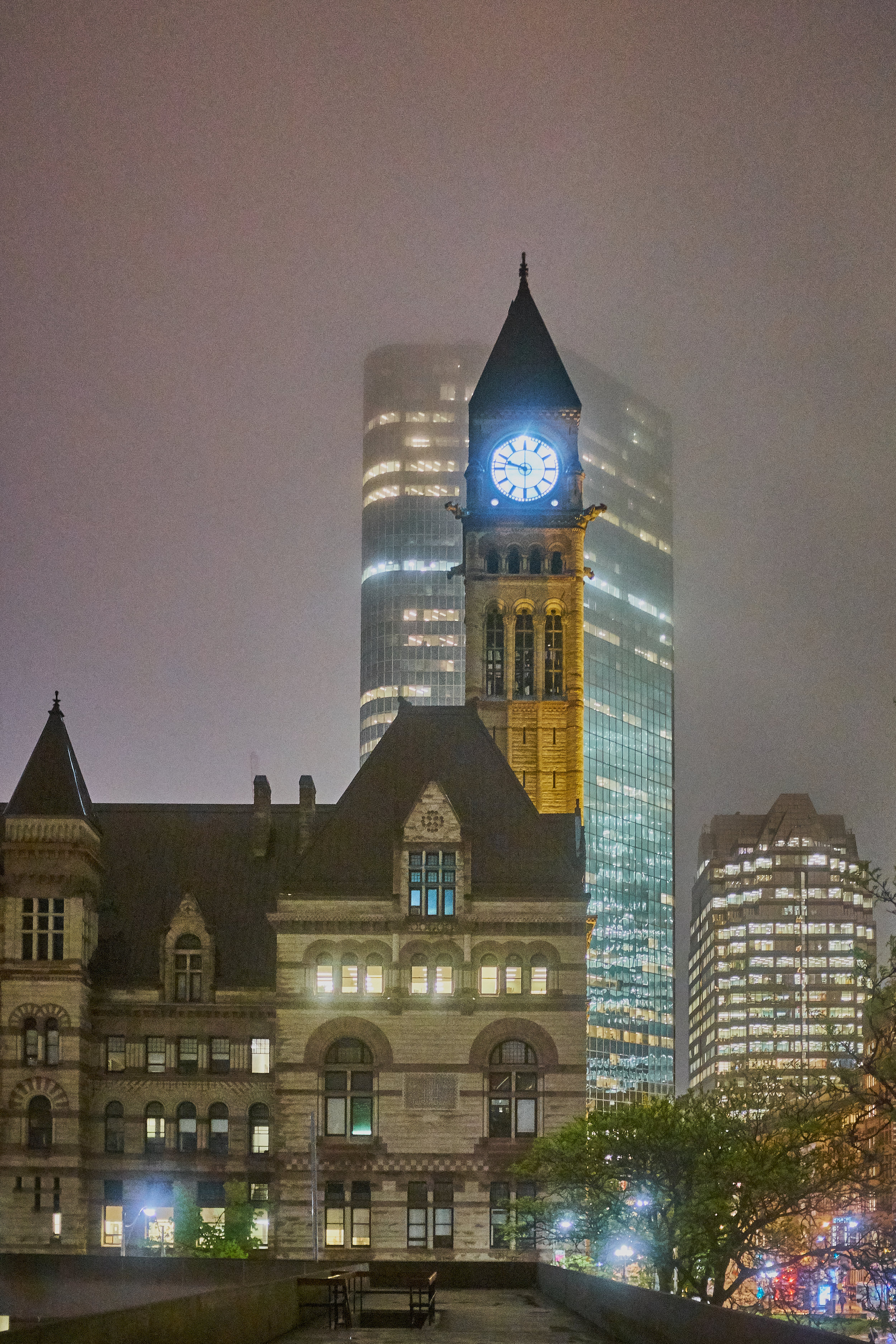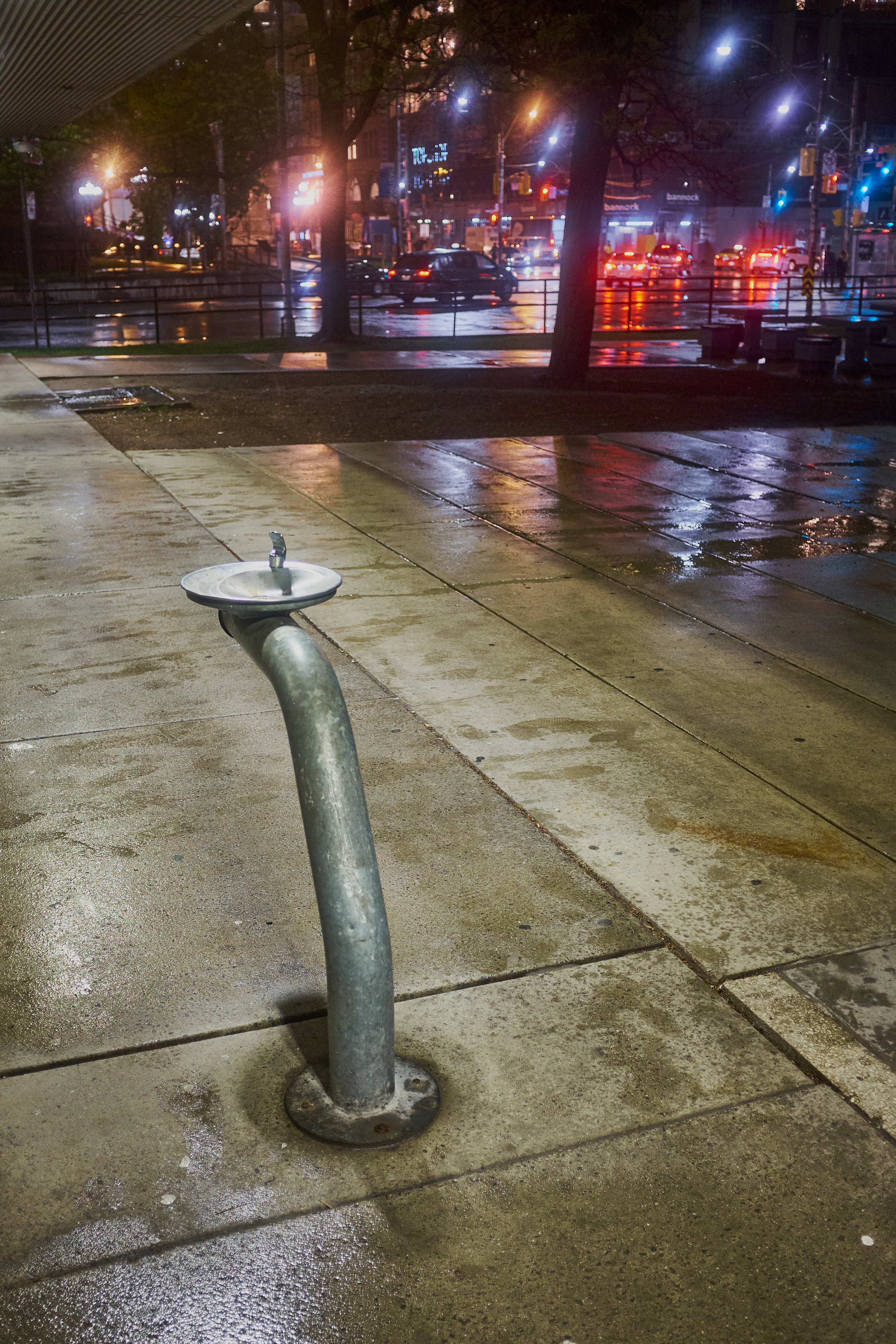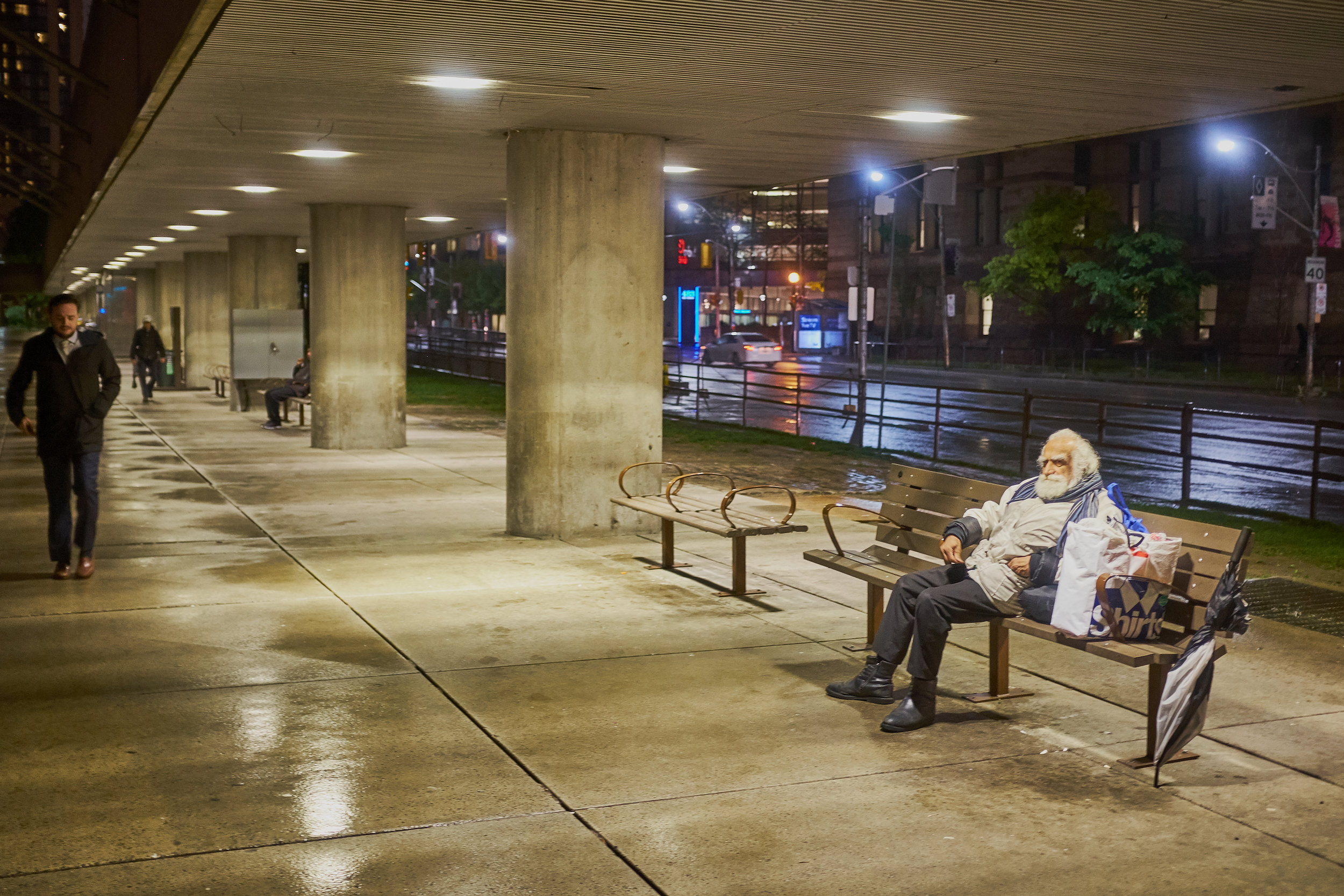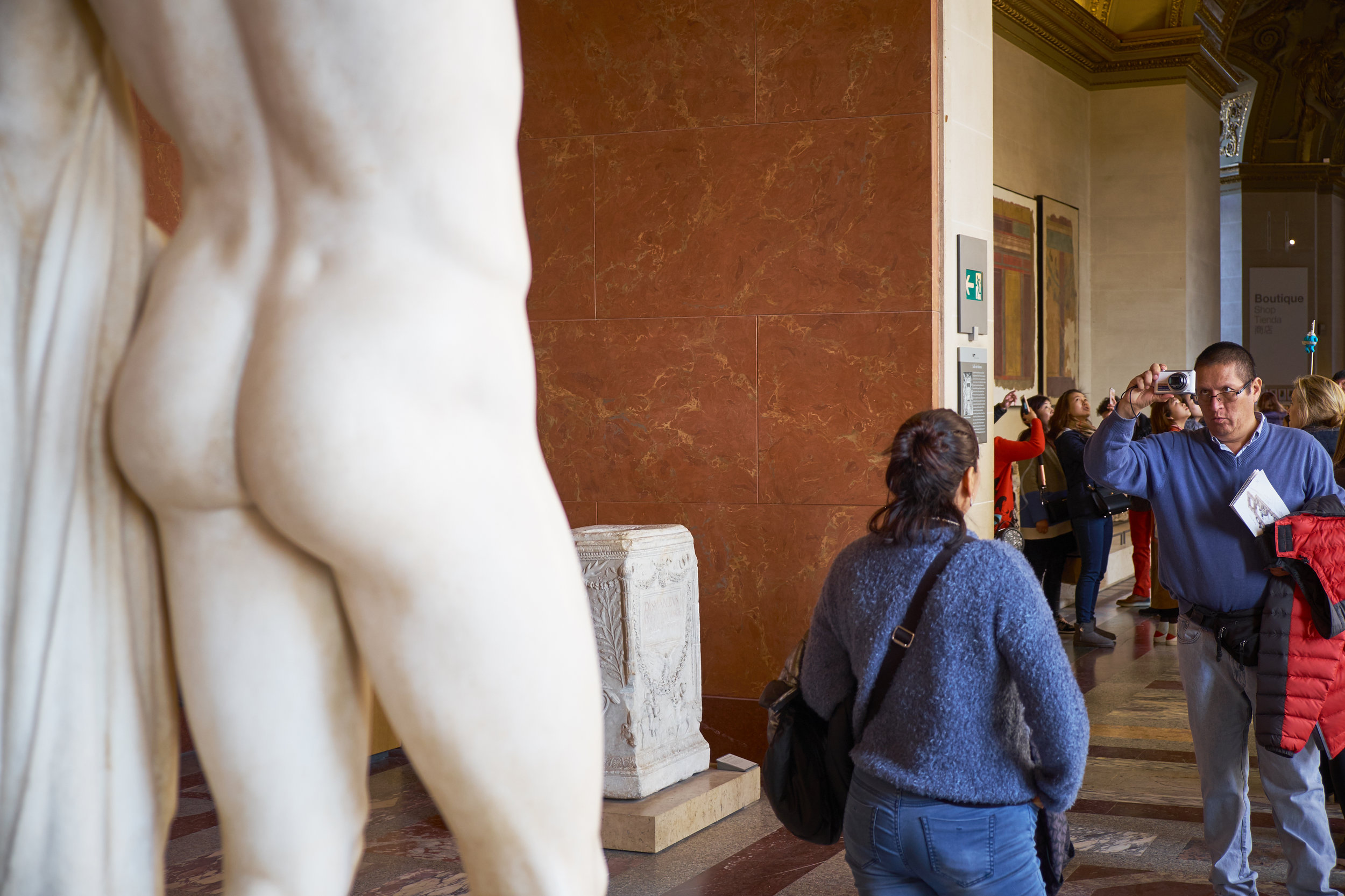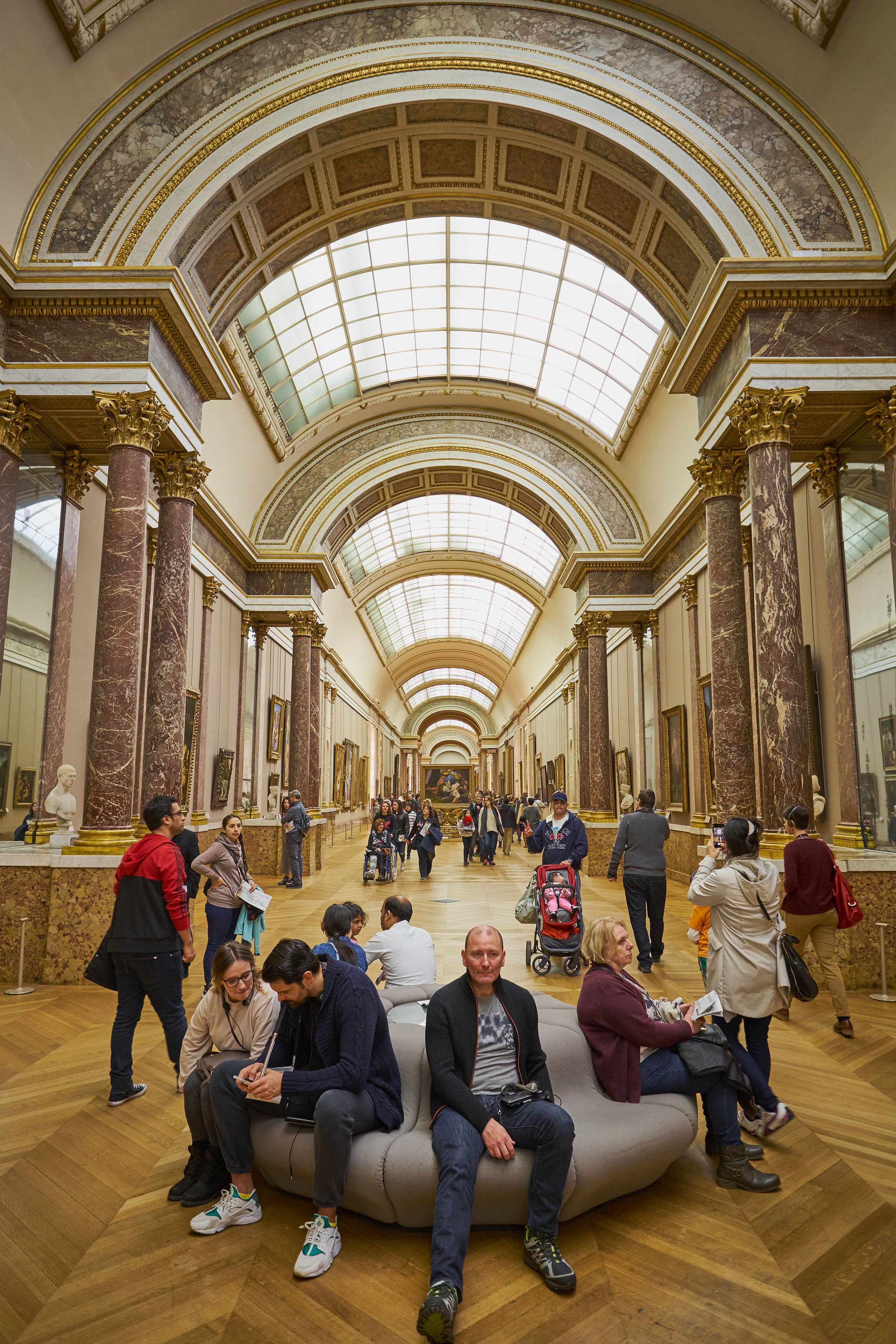In the pre-digital era, the family album was often something precious because it represented a curated record of a family’s history. When having one’s picture taken was still relatively rare, any photograph of a relative had a certain importance and would likely be kept. As more people had access to cameras and photographs, the album was gradually democratized and a greater number of images were kept, although often in a very selective way. One or two members of a family were likely the “keepers” of the album and decide which processed prints would be kept—not so much for aesthetic reasons, but because they showed person(s) X in location Y. These images were memory aids and it has often struck me how similar family albums look within a certain period, partially because of the technology involved (cameras, film, paper, degradation of images over time) but also because of a desire to document similar people, places and things/styles in similar ways. And as transparency films became popular, the family album could be supplemented or replaced by the slide show.
Although the album was a memory aid, I remember noticing that each picture had a story and how the story could evolve at each retelling. Some parts of the narrative would be suggested by the image itself, while other parts of the story would take on a different flavour depending upon the state of the relationships with the people or places depicted. And some images might disappear entirely, removed from the album if they were no longer part of the approved story. Divorce, in particular, had a devastating effect both on families and in the way they were represented in pictures.
Even if the images seemed to fix particular people, times and places, I noticed more than once that memories could be faulty. With each viewing of the album, family members remembered the image itself as well as the event that it depicted. In some cases, the memory of the image became more “real,” to the point where an aunt of mine had to be reminded that she had not been born when a particular picture was taken, despite her “memory” of the event. The retelling became an important part of the oral history around the artefact, and people naturally wanted to be part of the bigger story.
Digital technology—especially the ever-available mobile phone—has changed the way we tell and remember those stories. In fact, we now “consume” images in volume. We can create photographs with such a low incremental cost that we produce hundreds and thousands of them as ephemera with little expectation of them constituting a “family album.” The closest contemporary analogue to an album might be a feed of photographs on a social media site. And it is a strange side-effect of the digital age that, as image-making technology has improved, the quantity of images produced has increased while their quality seems to have declined. We do not value what is most widely available.
I realise as I write this that I rarely sit with my own family to look at our pictures, although this was a common enough activity when I was young—especially when relatives were visiting and there was a need to make family connections, renew memories and show how everyone had changed. I take it for granted that my wider family will see what I post on Facebook and Instagram and do not give much thought to it constituting an “album.” It may be that my experience is unique, but I doubt it.
Given the role that images have played in supporting family and personal narratives for more than a century, I wonder what the decline of the family album means for an understanding of the family and the self. We still care about “where we come from,” but perhaps more of it is based on psychological concepts of the self and “science” (if the numbers of people submitting DNA samples is anything to go by). Genealogical records may also help us to build a family album from administrative data and we are perhaps freer to construct an idea of the self from our interpretation of the nuggets we like (“No wonder I’m the way I am: I’m 3% Viking and I may be descended from the 23rd cousin of King Alfred!”).
Has the digital “family album” left us more adrift in a sea of data that we can read as we will? Does it undermine our ability to place ourselves in a coherent narrative—especially one that we might share with others—or is it just different? I don’t know.

















